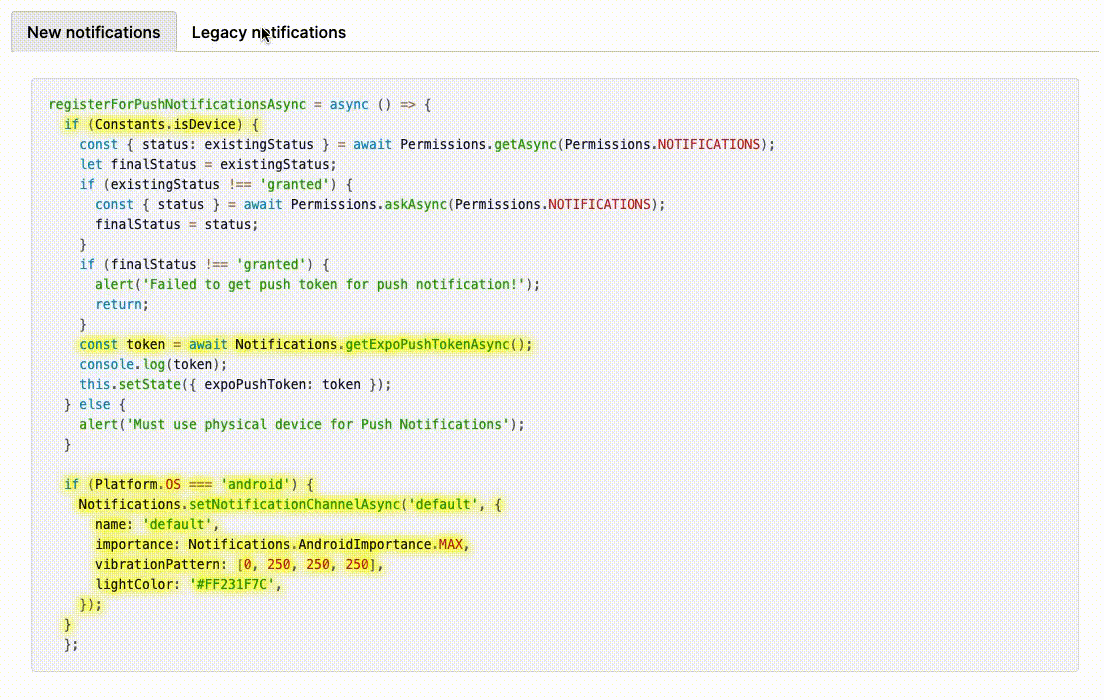This file contains bidirectional Unicode text that may be interpreted or compiled differently than what appears below. To review, open the file in an editor that reveals hidden Unicode characters.
Learn more about bidirectional Unicode characters
| create table Type ( | |
| TypeCode CHAR(1) NOT NULL, | |
| Name CHAR(30) NOT NULL, | |
| CONSTRAINT Type_PK PRIMARY KEY (TypeCode), | |
| CONSTRAINT Type_AK UNIQUE (Name) | |
| ); | |
| create table Items ( | |
| ItemId int not null, | |
| TypeCode CHAR(1) not null, |
This file contains bidirectional Unicode text that may be interpreted or compiled differently than what appears below. To review, open the file in an editor that reveals hidden Unicode characters.
Learn more about bidirectional Unicode characters
| #include <iostream> | |
| #include <stdexcept> | |
| template <typename T> | |
| class Stack | |
| { | |
| public: | |
| void push(T elem) | |
| { | |
| auto n = new Node; |
This file contains bidirectional Unicode text that may be interpreted or compiled differently than what appears below. To review, open the file in an editor that reveals hidden Unicode characters.
Learn more about bidirectional Unicode characters
| #include <utility> | |
| #include <memory> | |
| #include <iostream> | |
| #include <vector> | |
| #include <stdexcept> | |
| class Obiekt | |
| { | |
| std::unique_ptr<std::string> nazwa; //celowo unique_ptr a nie zwykły string | |
| //aby zademonstrować działanie |
This file contains bidirectional Unicode text that may be interpreted or compiled differently than what appears below. To review, open the file in an editor that reveals hidden Unicode characters.
Learn more about bidirectional Unicode characters
| // | |
| // Created by Barthap on 2019-01-22. | |
| // | |
| #include <utility> | |
| #include <iostream> | |
| #include <vector> | |
| #include <list> | |
| int main() |
This file contains bidirectional Unicode text that may be interpreted or compiled differently than what appears below. To review, open the file in an editor that reveals hidden Unicode characters.
Learn more about bidirectional Unicode characters
| import math | |
| import random | |
| import sys | |
| import pygame | |
| BLACK = (0, 0, 0) | |
| WHITE = (255, 255, 255) | |
| RED = (255, 0, 0) |
TODO: Make an awesome introduction. The one below is a draft
You love Expo. But sometimes you have to add some native code. With Expo Unimodules you can make your custom native code reusable between any Expo app, and with a little more effort, between any React Native app. What's more - the native code will be loaded automatically when you do yarn install, without the need of any additional linking. And in this article I'll show you how to.
I assume you are using Mac - however it's not necessary unless you follow the iOS part. Also, some terminal commands I use are Mac-specific.
A simple GraphQL Query Builder experiment.
__tests__queries- Domain specific Query API, e.g.UserQuerymutations- Same as above, but mutations.types- TypeScript interfaces directly corresponding to GQL schema types, e.g.User. Can be generated typedefs alsoGraphqlClient.ts- GraphQL client + error handling. Can be any client, I use@urlq/corehere.QueryBuilder.ts- Query Builder implementation and some TypeScript magic
This file contains bidirectional Unicode text that may be interpreted or compiled differently than what appears below. To review, open the file in an editor that reveals hidden Unicode characters.
Learn more about bidirectional Unicode characters
| // __mocks__/fs/promises.js | |
| const { fs } = require("memfs"); | |
| module.exports = fs.promises; |
OlderNewer


